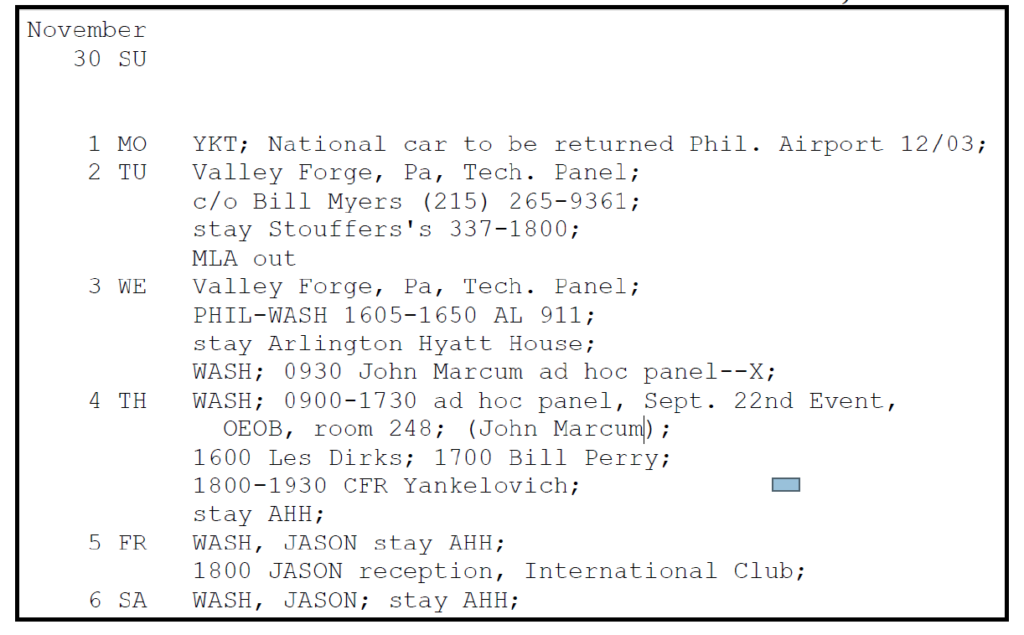Has there been much focus on this? The OPCW on July 9 gave Syria 90 days to comply with a number of steps. According to the text of its decision, the organization decided to “request, pursuant to paragraph 36 of Article VIII of the Convention, that the Syrian Arab Republic complete all of the following measures within 90 days of this decision in order to redress the situation:”
(a) declare to the Secretariat the facilities where the chemical weapons, including precursors, munitions, and devices, used in the 24, 25, and 30 March 2017 attacks were developed, produced, stockpiled, and operationally stored for delivery;
(b) declare to the Secretariat all of the chemical weapons it currently possesses, including sarin, sarin precursors, and chlorine that is not intended for purposes not prohibited under the Convention, as well as chemical weapons production facilities and other related facilities; and
(c) resolve all of the outstanding issues regarding its initial declaration of its chemical weapons stockpile and programme;
Here’s Article VIII, paragraph 36:
In its consideration of doubts or concerns regarding compliance and cases of non-compliance, including, inter alia, abuse of the rights provided for under this Convention, the Executive Council shall consult with the States Parties involved and, as appropriate, request the State Party to take measures to redress the situation within a specified time. To the extent that the Executive Council considers further action to be necessary, it shall take, inter alia, one or more of the following measures: (a) Inform all States Parties of the issue or matter; (b) Bring the issue or matter to the attention of the Conference; (c) Make recommendations to the Conference regarding measures to redress the situation and to ensure compliance. The Executive Council shall, in cases of particular gravity and urgency, bring the issue or matter, including relevant information and conclusions, directly to the attention of the United Nations General Assembly and the United Nations Security Council. It shall at the same time inform all States Parties of this step.
The OPCW decision also states that, should Syria fail to take these steps, the organization will
recommend to the Conference to adopt a decision at its next session which undertakes appropriate action, pursuant to paragraph 2 of Article XII of the Convention,
Here’s Article XII, paragraph 2:
In cases where a State Party has been requested by the Executive Council to take measures to redress a situation raising problems with regard to its compliance, and where the State Party fails to fulfil the request within the specified time, the Conference may, inter alia, upon the recommendation of the Executive Council, restrict or suspend the State Party’s rights and privileges under this Convention until it undertakes the necessary action to conform with its obligations under this Convention.

